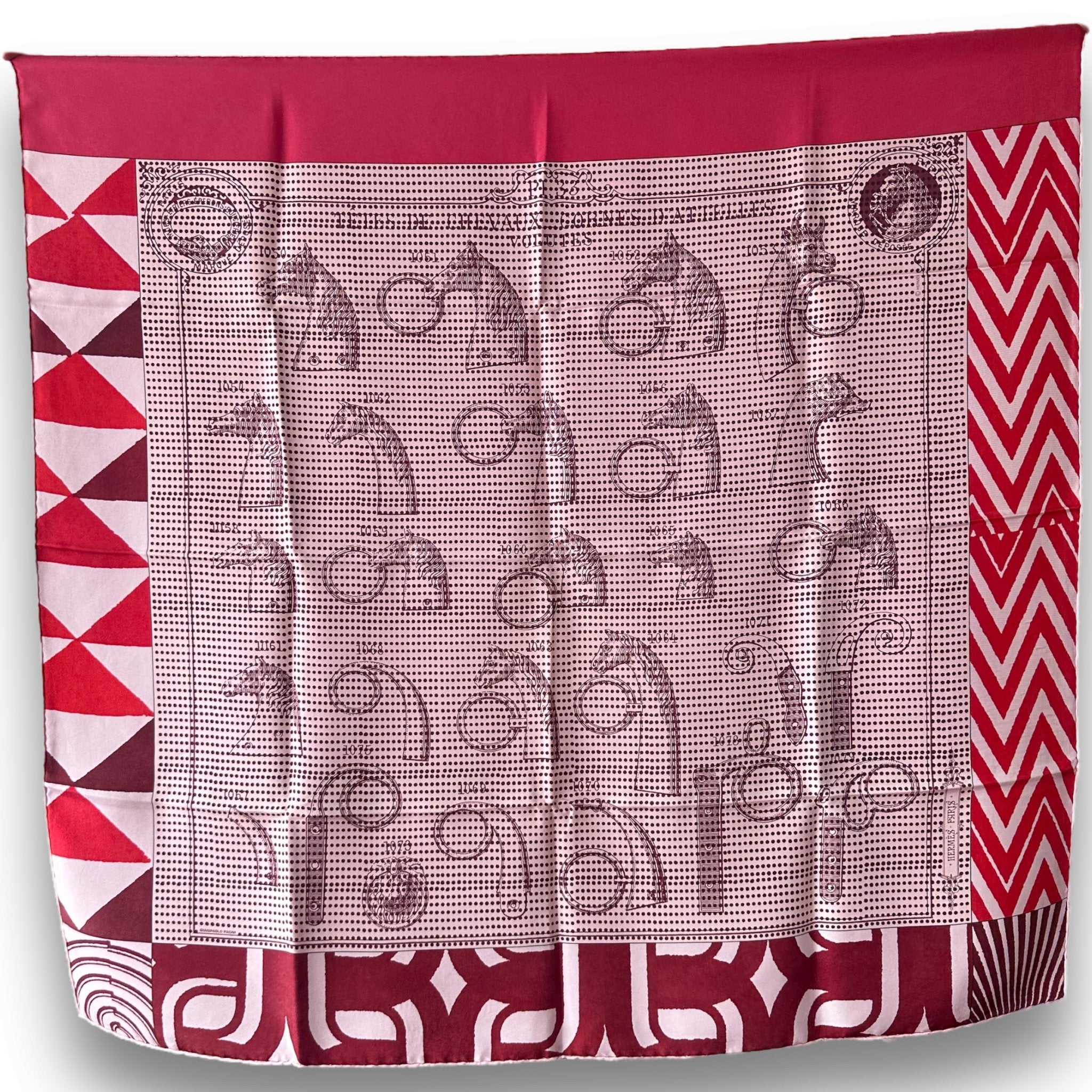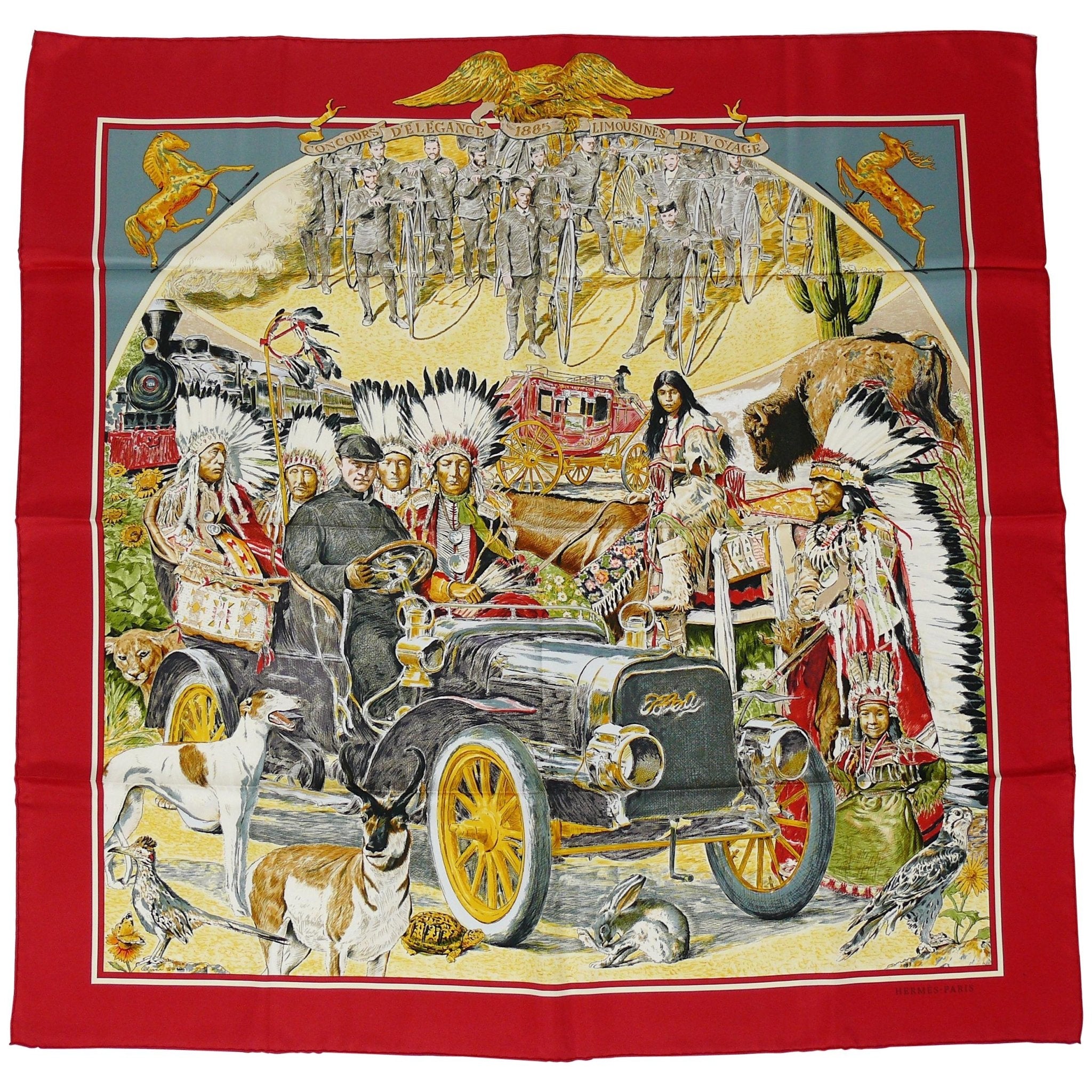
French Contest of Elegance
Let's delve into the rich and fascinating history of the French Concours d'Élégance, a prestigious tradition that dates back to the 17th century. Before engines rumbled on the roads, horses reigned supreme. French coachbuilders were already competing in ingenuity to create sumptuous carriages that dazzled the crowds.
At the turn of the 19th century, a new star was born: the light and elegant car called the GIGUE. Driven without a coachman, it quickly won over the Parisian aristocracy, who loved parading in the capital's parks, competing in elegance with ever more sumptuous carriages.
The years passed, and with them came motorized cars. Concours d'Elegance have evolved to include these marvels of engineering, with entrants vying to showcase the most elegant and refined cars. These competitions have become a symbol of luxury, elegance and French know-how.
In the 1920s and 1930s, the Concours d'Elegance was the event not to be missed for lovers of fashion, automobiles and society. The biggest fashion houses have joined forces with these events, dressing participants in their most elegant outfits.
Then came World War II, bringing an end to this golden era. But after the storm, the French automobile industry resurfaced with strength, thanks to manufacturers such as Delahaye and personalities like Ms. Anna-Cécile Rose-Itier, a talented driver.
Today, the French Concours d'Élégance is experiencing a revival, driven by passionate enthusiasts, municipalities proud of their history and partners keen to preserve this unique heritage. They celebrate French elegance, style and know-how, capturing the imagination of enthusiasts around the world.
And for those who want to relive this golden era of automobiles and fashion, the Carré Hermès “Concours d’Élégance à la Française” by Kermit Oliver offers a window into this glamorous and sophisticated world. With its detailed patterns and homage to timeless elegance, this scarf is much more than a fashion accessory - it is a true work of art that captures the very essence of the French Concours d'Elégance.
Discover the world of Hermès scarves
CARRÉMENT HERMÈS !
Histoires, inspirations et secrets autour des foulards Hermès

Qui n'a pas son "Brides de gala" ?
Découvrez l'histoire fascinante du carré "Brides de Gala" d'Hermès, créé en 1957 par Hugo Grygkar, et comment ce motif emblématique continue de se réinventer depuis près de 70 ans.
Read more
Plongez dans l'histoire riche et fascinante des Concours d'Élégance à la Française, une tradition prestigieuse qui remonte au XVIIe siècle.
Read more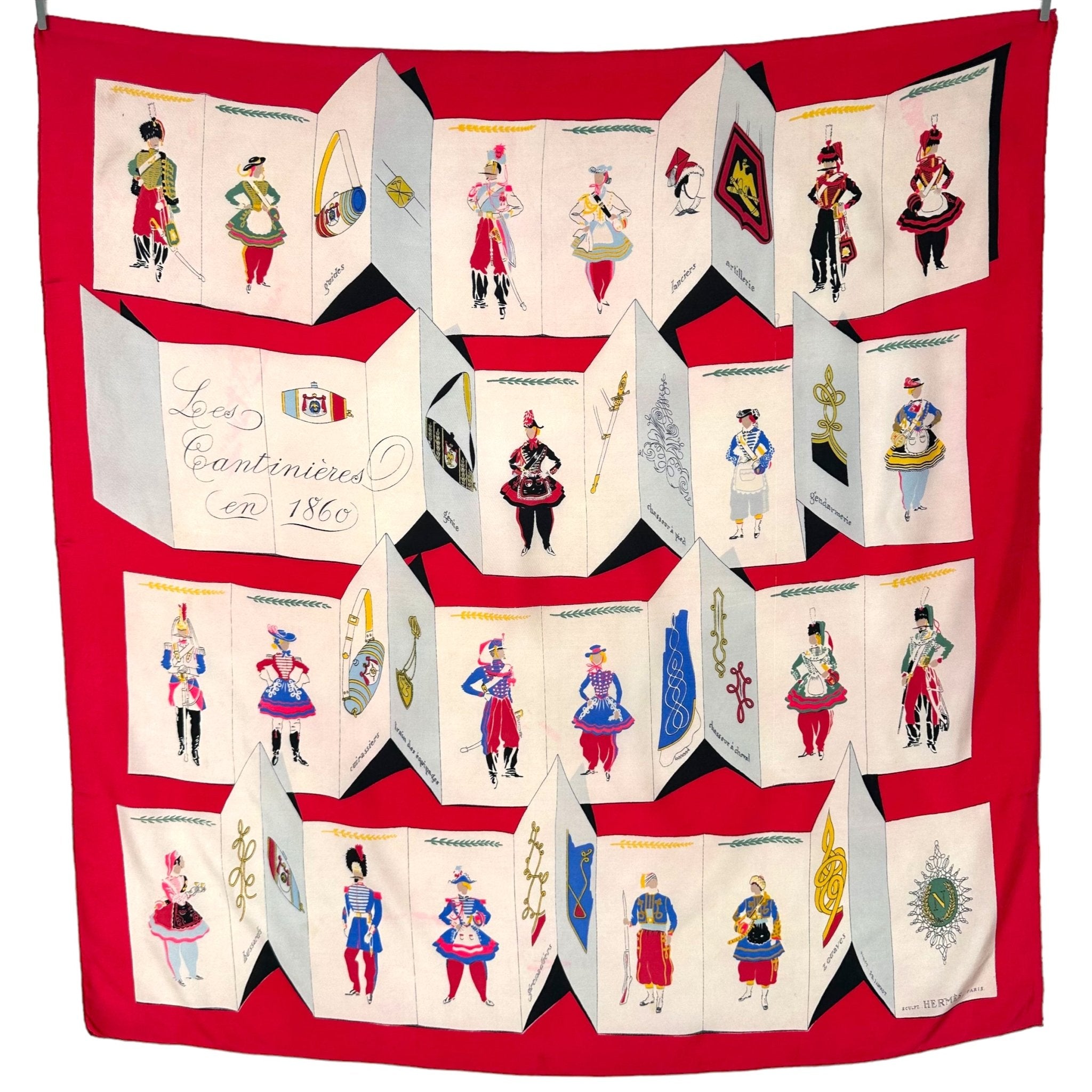
Collectionner les foulards Hermès : "Les cantinières en 1860" - 1953
Pour dessiner ce Carré Hermès qui date de 1953, J.B. Jannot s’est très certainement inspiré d’une collection de gravures colorées de 1859 réalisée par l'artiste français Hippolyte Lalaisse..
Read more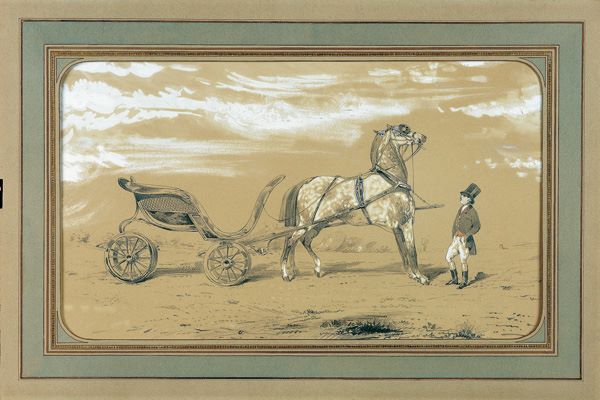
The Duke Attelé by Alfred de Dreux - History of the Hermès logo
History of the Hermès logo
Read more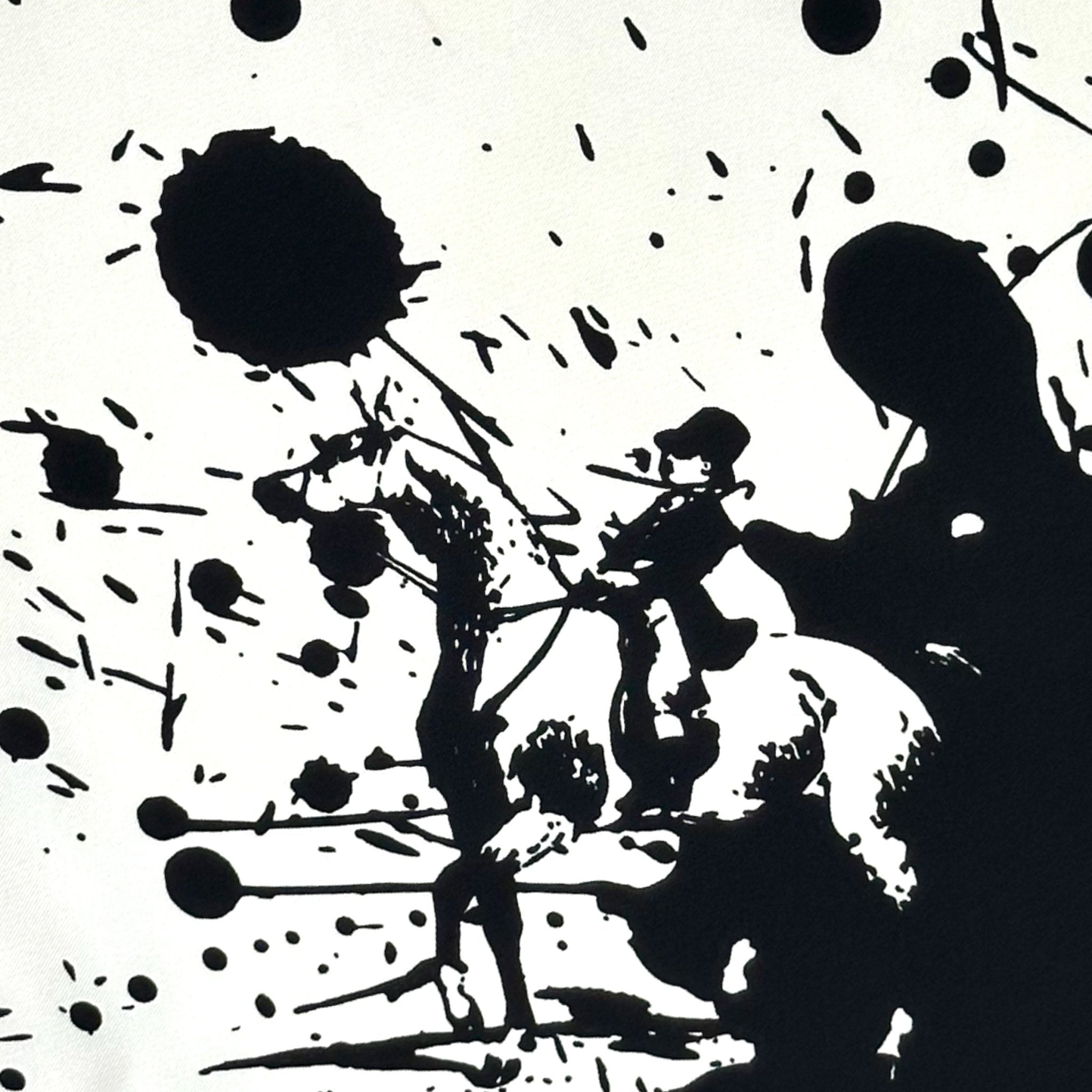
Surprise Horse drawn by Dimitri Rybaltchenko: A game of hide and seek in the carousel
Cheval Surprise , a Carré Hermès which perfectly illustrates the fantasy and humor of Dimitri Rybaltchenko .
Read more